Introduction
White fungus, scientifically known as Tremella fuciformis and commonly referred to as snow fungus or silver ear mushrooms, is a gelatinous, edible mushroom celebrated for its delicate texture and myriad health benefits. Native to tropical and subtropical regions, this fungus has been a staple in Asian cuisine and traditional medicine for centuries. Its popularity stems not only from its culinary versatility but also from its reputation as a beauty-enhancing and immune-boosting ingredient. However, to unlock its full potential, mastering the art of rehydration is essential. This guide delves into the intricacies of soaking white fungus, ensuring it transforms from a brittle, dried state into a plump, silky ingredient ready to elevate your dishes.
Why Proper Soaking Matters
Rehydrating white fungus is not merely a preliminary step—it’s a critical process that determines the final texture, flavor, and nutritional value of your dish. Dried white fungus is compact and dehydrated, making it tough and inedible. Soaking revives its structure, allowing it to absorb flavors while maintaining its characteristic slippery, slightly crunchy texture. Skipping this step or rushing it can result in a chewy, underdeveloped fungus that fails to melt into soups or desserts. Moreover, improper soaking may leave behind impurities or fail to neutralize natural enzymes that could cause digestive discomfort.
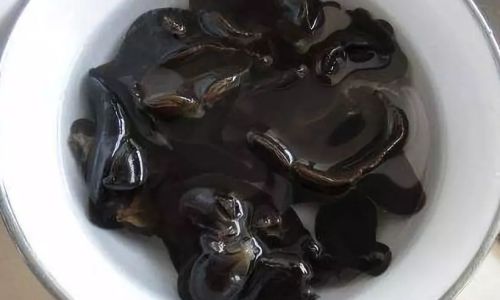
Step-by-Step Guide to Rehydrating White Fungus
Initial Inspection and Preparation
Before submerging the fungus in water, examine each piece. Dried white fungus often arrives in irregular, lobe-shaped clusters with a pale yellow or ivory hue. Gently break apart any large chunks to expose hidden crevices where debris might hide. Trim off any tough, woody stems or discolored patches using kitchen shears. While the fungus itself is edible, these parts may remain fibrous even after soaking, detracting from the dish’s overall mouthfeel.
Choosing the Right Water Temperature
The debate between cold and warm water soaking often confuses novice cooks. Both methods have merits, but the choice hinges on time constraints and desired texture.
-
Cold Water Soaking (Recommended for Most Recipes):
Submerge the fungus in a bowl of cold water, ensuring it’s fully covered. This gentle method preserves the fungus’s integrity, yielding a tender yet slightly firm texture. Ideal for soups, stews, or desserts where a subtle bite is desired. Allow 1–2 hours for small to medium pieces, or up to 4 hours for larger clusters. -
Warm Water Soaking (For Time-Sensitive Preparations):
Use lukewarm water (around 100°F/38°C) to expedite the process. This method softens the fungus in 20–30 minutes but requires vigilance to avoid mushiness. Warm water accelerates enzyme activity, which can compromise texture if left unattended. Never use boiling water, as it scald the fungus, creating a slimy, uneven texture.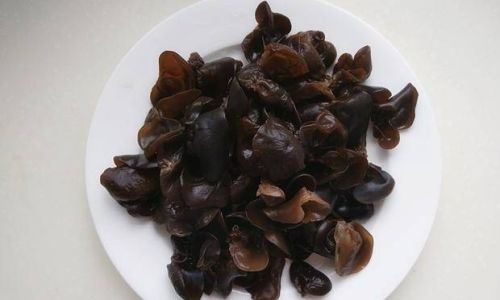
Soaking Time and Techniques
Place the prepared fungus in a non-reactive bowl (glass or ceramic) to prevent metallic tastes. Add enough water to cover the fungus by at least two inches, as it will expand significantly. For cold water soaking:
- Change the water every 30 minutes to rid impurities and prevent fermentation.
- Gently agitate the fungus with your fingers to dislodge trapped dirt.
For warm water soaking:
- Monitor closely, testing for softness every 10 minutes.
- Avoid prolonged exposure to heat, as it may dissolve beneficial polysaccharides.
Post-Soaking Preparation
Once rehydrated, drain the fungus and rinse it under cool water. Lay it on a clean towel to pat dry gently. At this stage, the fungus should feel supple, with a translucent appearance and no residual grit. Tear it into smaller, bite-sized pieces using your hands—a knife may create jagged edges that absorb excess liquid during cooking.
Factors Affecting Soaking Time
Several variables influence how long white fungus takes to rehydrate:
- Age of the Fungus: Older, drier specimens require longer soaking. Store-bought fungus often includes age indicators like brittleness or a faded color.
- Size and Thickness: Thicker lobes or entire clusters take longer than thinly sliced pieces.
- Water Hardness: Minerals in hard water may slow rehydration. Use filtered water if your tap water is overly mineral-rich.
- Altitude: At high elevations, lower boiling points may affect warm water soaking. Adjust temperatures accordingly.
Common Mistakes to Avoid

-
Using Hot Water Hastily:
While warm water speeds up the process, exceeding 110°F (43°C) risks breaking down the fungus’s cellular structure, leading to a mushy texture. -
Neglecting to Trim:
Leaving tough stems or yellowed edges results in unpleasantly chewy bits in your final dish. -
Overcrowding the Bowl:
Stacking fungus pieces prevents even rehydration. Use a spacious container and ensure all pieces are submerged. -
Reusing Soaking Liquid:
While some chefs use the nutrient-rich water in broths, it may contain impurities. Strain and boil it before incorporating. -
Storing Improperly Post-Soaking:
Soaked fungus left at room temperature spoils quickly. Refrigerate it in an airtight container for up to three days, or freeze for longer storage.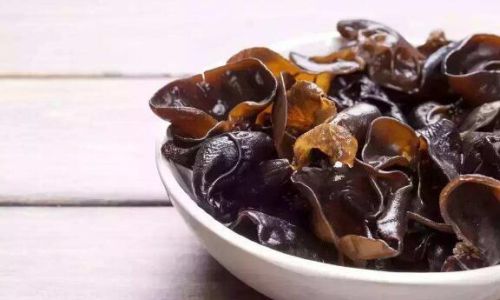
Storing Soaked White Fungus
If not using immediately after soaking, drain the fungus thoroughly and pat it dry. Transfer it to a resealable bag or container lined with paper towels to absorb excess moisture. For short-term storage (1–3 days), refrigerate. For extended preservation, lay the pieces on a baking sheet, freeze until solid, then transfer to a freezer-safe bag. Frozen fungus retains its texture for up to six months.
Creative Culinary Uses
Rehydrated white fungus’s versatility shines in both sweet and savory dishes:
-
Sweet Soups (Tang Shui):
Combine with rock sugar, goji berries, and jujubes for a nourishing dessert. The fungus’s gelatinous texture thickens the broth beautifully. -
Savory Stir-Fries:
Toss with vegetables, garlic, and soy sauce for a crunchy, healthful side dish. -
Salads:
Mix with cucumber, mint, and a sesame-lime dressing for a refreshing appetizer.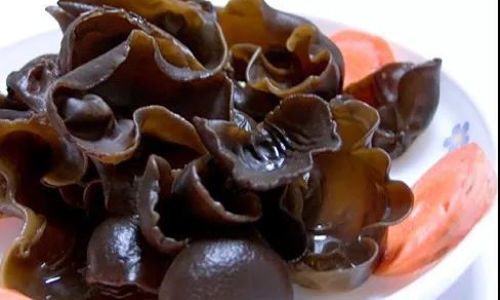
-
Dairy-Free Puddings:
Blend soaked fungus with coconut milk and agar-agar for a vegan alternative to traditional puddings.
Health Benefits Revisited
Beyond its culinary appeal, white fungus is a nutritional powerhouse. Rich in dietary fiber, it aids digestion and promotes gut health. Its polysaccharides, particularly tremellan, exhibit antioxidant and anti-inflammatory properties, potentially reducing the risk of chronic diseases. Additionally, the fungus contains vitamin D, essential for bone health, and minerals like potassium and calcium.
Conclusion
Mastering the rehydration of white fungus is a gateway to exploring a world of textures and flavors in Asian-inspired cuisine. By understanding the nuances of soaking—from water temperature to storage—you ensure this delicate ingredient enhances your dishes without compromising its health benefits. Whether simmered in a sweet broth or stir-fried with crisp vegetables, properly rehydrated white fungus rewards patience with a culinary experience that is both luxurious and nourishing. Experiment with recipes, embrace the process, and savor the results of your meticulous preparation.
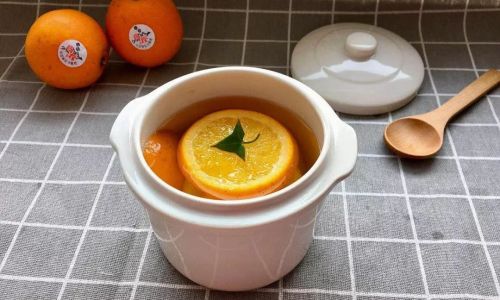
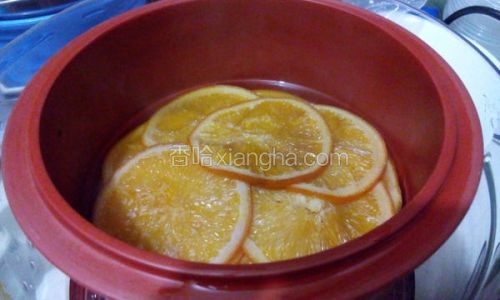
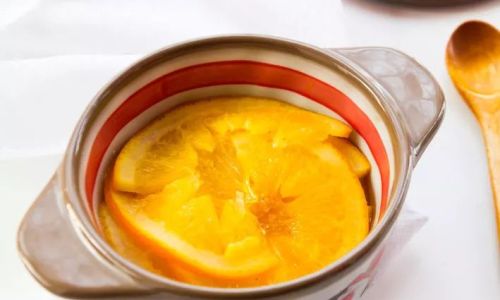
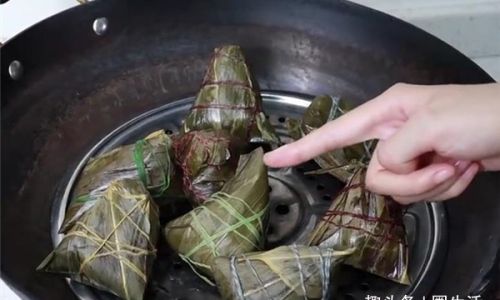

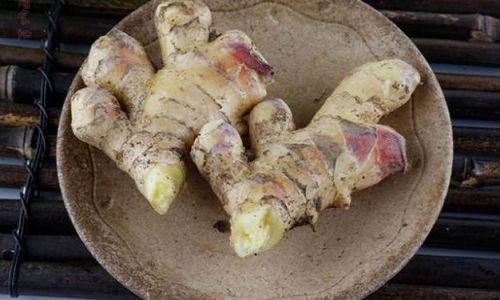
0 comments